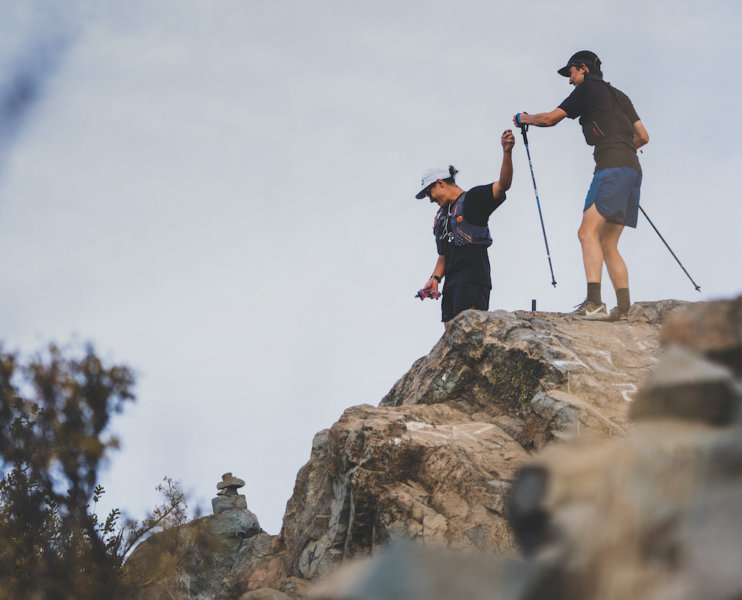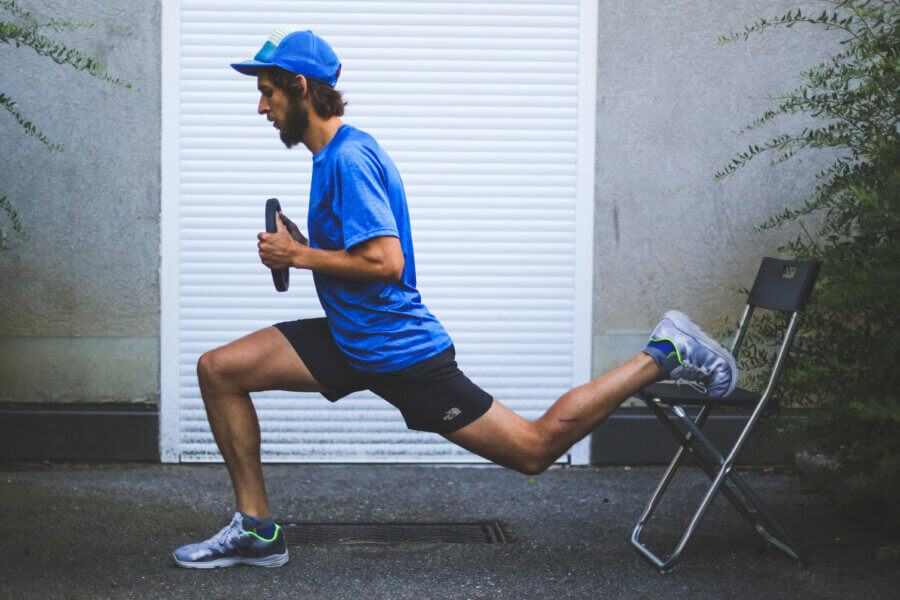Tempos are moderately hard efforts that you can sustain for extended periods (up to an hour) without exceeding your “lactate threshold”— the pace at which blood lactate waste starts accumulating faster than it can be flushed out and you begin to slow down.
Whether you’re training for an ultra or for a short trail, here is why tempo runs are important.
Tempo runs serve a dual purpose: training the body to clear the lactate that’s produced at higher speeds while making it more efficient at pumping blood and circulating oxygen.
For ultra runners, tempos will make you more efficient at lower efforts: the idea is that they help you build aerobic fitness that makes running fast feel “easy”.
For trail runners approaching shorter distances (up to the marathon), tempo effort is close to race pace intensity and it’s one of the most specific workouts you can do for a 15-40km trail race.
Choosing the appropriate intensity for a tempo run is not easy: measuring the heart rate can be deceiving, as it can be inaccurate and we don’t always know the right range (which should be around 80-90% of our maximum HR). Plus, as trail runners, the variability of conditions, grades and terrains makes it difficult to have a physiological parameter or specific pace to hold on too. For this reason, I suggest relying on RPE (Rate of Perceived Exertion). We talked about RPE here, and you can refer to our Vert.run pace chart to rate your workouts.
Here are a few tips on how to perform a good tempo run:
- RPE during a tempo run should range between 7 and 8 on a scale of 10.
- Start conservatively: if you go out too fast, you’re likely to blow up and, even if you hold on to the pace, your effort might be harder than necessary. You want to let the workout come to you, instead of trying to force some idea of a workout onto your body.
- Progression runs are absolutely suggested: finish the workout running slightly faster than you might for a continuous tempo. This will leave you good vibes and some pop in your legs!
- For beginners, a good way to approach a tempo run can be a tempo ladder, instead of aiming at long 40’ to 50’ steady efforts. Start with ten minutes at 7/10 RPE. Recover with 1-2’ of easy jog or walk, then run 8’ at the same pace or slightly faster. Repeat the process for 6’, 4’ and 2’, finishing strong.
- For more experienced athletes, you can add some spice to a steady tempo, playing with intensity and pace right around the appropriate level of effort. This will make running close to tempo effort feel like “recovery”, while faster intervals will add more quality to the workout. An idea? 10km with 3km fast – 2km easy – 2km fast – 2km easy – 1km fast, where the gap between fast and easy sections shouldn’t exceed 15’’/km or 25’’/mile.
- Save your best effort for race day, when it really matters. No one is going to give you an award for how well your workouts are going or what pace you’re able to keep during training. Holding off by a few seconds can really make a difference between a successful workout and burning yourself.
Even for mountain and trail runners, most of the times it’s better to run tempos on flat terrain. This is because when we go uphill or downhill, we are doing a type of strength work that is not what we’re looking for during this kind of session. Also, developing a nice, efficient stride on the flat is crucial to improve our running economy and ultimately help us on the trails. Choose a smooth trail with moderate elevation gain, or a gravel/dirt road. Run with a group of friends and challenge them to do this humble, classic workout.
In any case: find your tempo!




